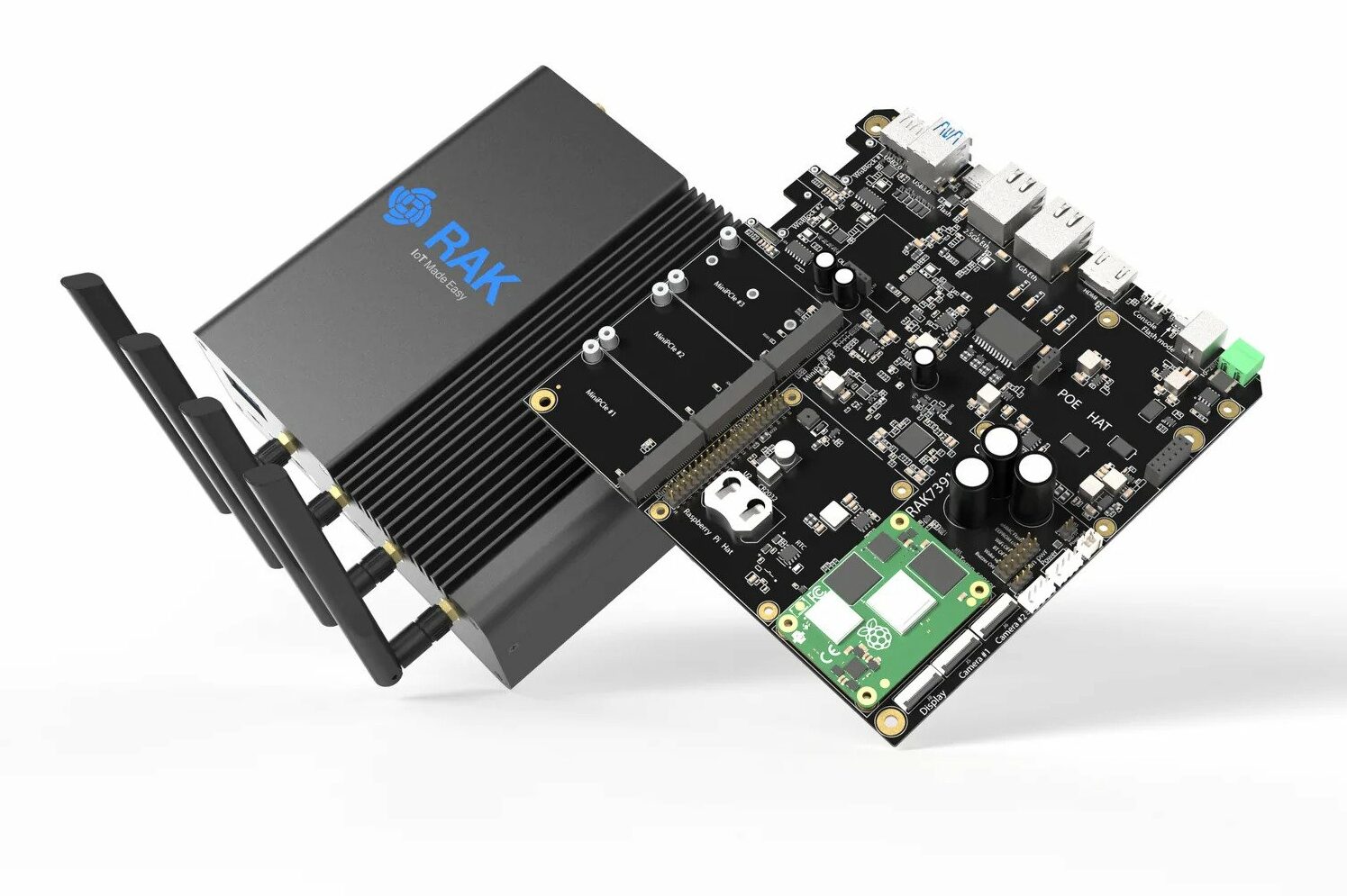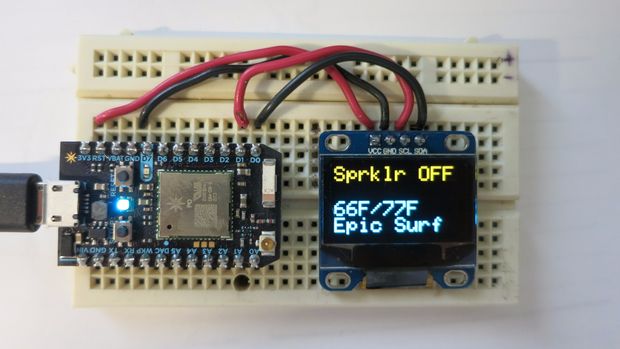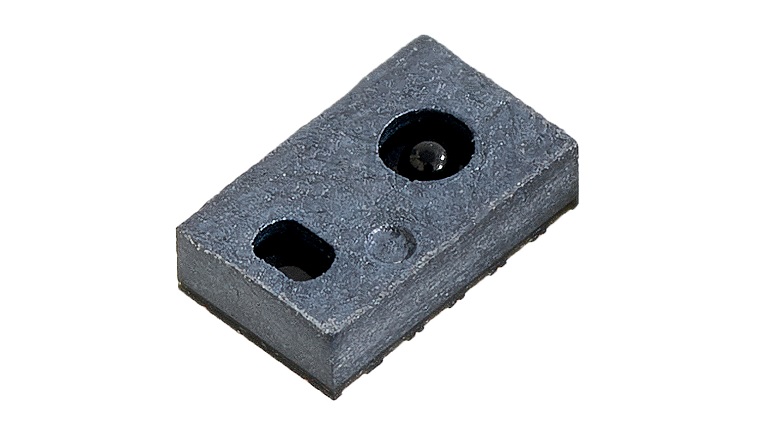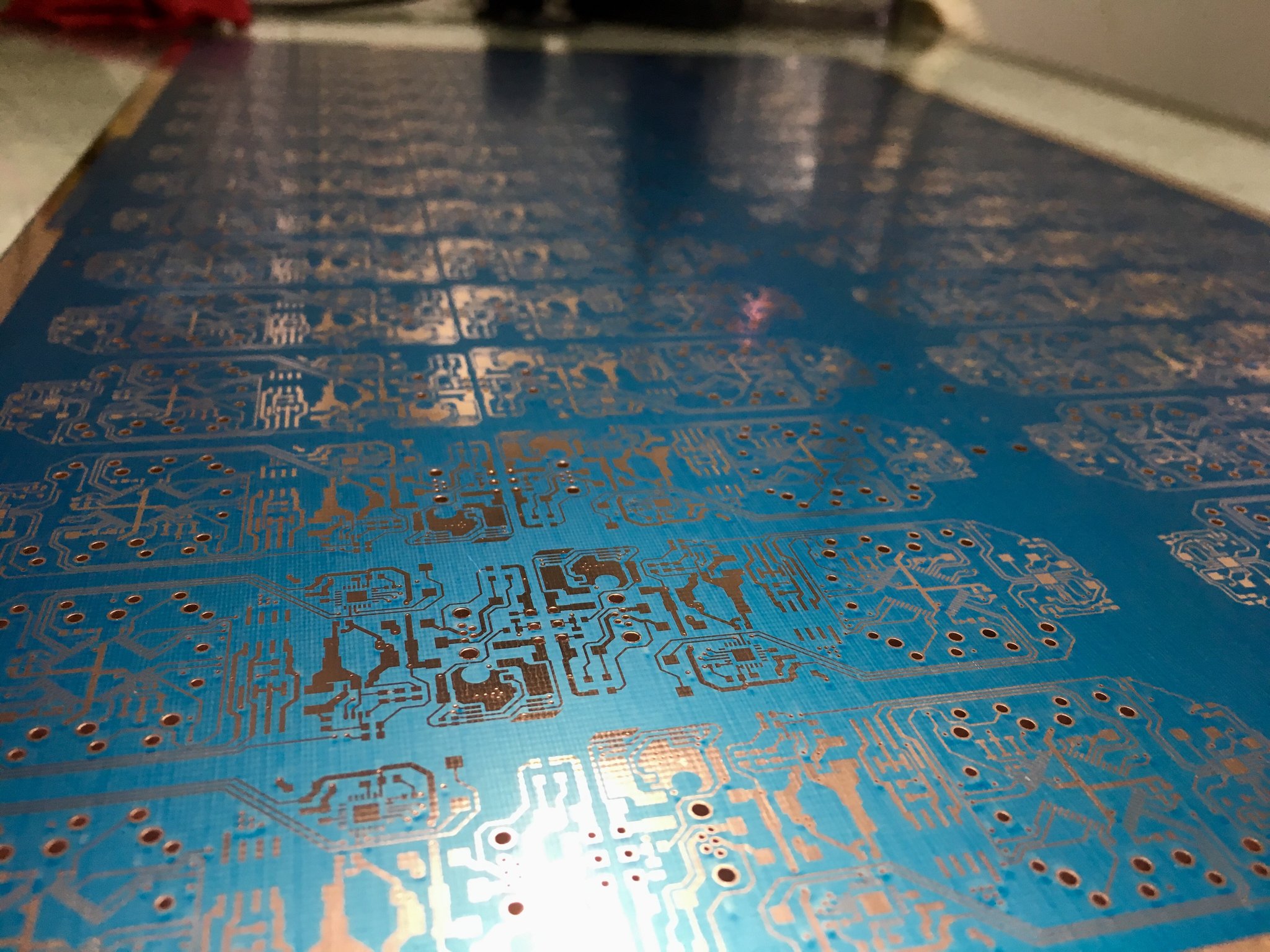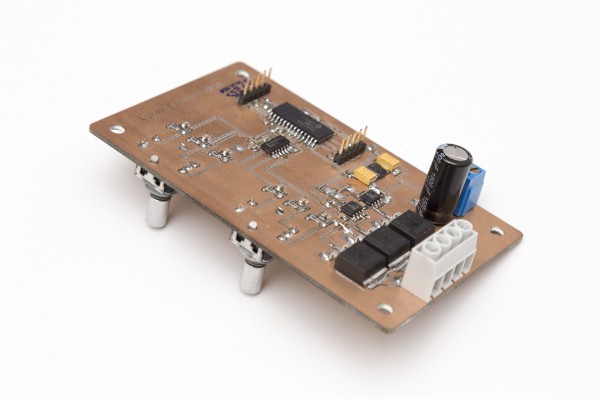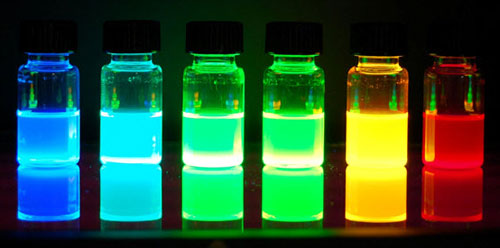
A huge leap in personalized medicine may come from the use of Quantum dots (QDs) to combat and identify several hard to cure diseases, such as cancer, immunodeficiencies, and neurological disorders. Quantum dots (QDs) are semiconductor nanocrystals with unique photophysical properties. Their excellent optical properties are a promising alternative to organic dyes for fluorescence biomedical applications.
In the biomedical sciences, fluorescence is used as a powerful tool for labeling, imaging, and tracking certain molecules or cells. QDs are a new class of fluorophores that offer several improvements over conventional fluorophores. These particles have large absorption and narrow emission spectra, high quantum yield (efficiency of photon emission), long life-time, and high brightness.
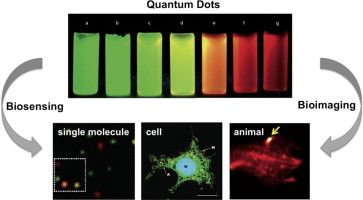
When ultraviolet rays hit these dots, they can emit light of different colors based on their size. QDs have useful as fluorescent properties suitable for dyes in the field of deep-tissue imaging. These techniques are typically used in animal models since most organic dyes are not capable of operating in near-infrared (NIR) emissions. The visible wavelength range of about 400-700nm is not suitable for the transmission through biological tissues.

Specific targeted therapy is delivered to a patient based on particular targeted diagnostic images and tests. Here comes the perfect use for QDs as they can behave as nano-carriers for drug delivery or fluorescent labels. Fluorescent labeling can be explained as the detection involve binding fluorescent dyes to biomolecules to visualize them through fluorescence imaging, such as lymph nodes. This technique makes a great deal in detecting target biomolecules like tumor cells for early diagnosis of cancer, tracking the progress of tumor elimination.
As with every new experimental stage of developing something out of the box, here several challenges stand in the way remain to be solved first it becomes mainstream. There are unknown environmental impact, toxicity, manufacturing costs of these nanomaterials. More research is needed to be done to understand the proper mechanisms and protocols for the scalability of high-quality, non-toxic QD production.





